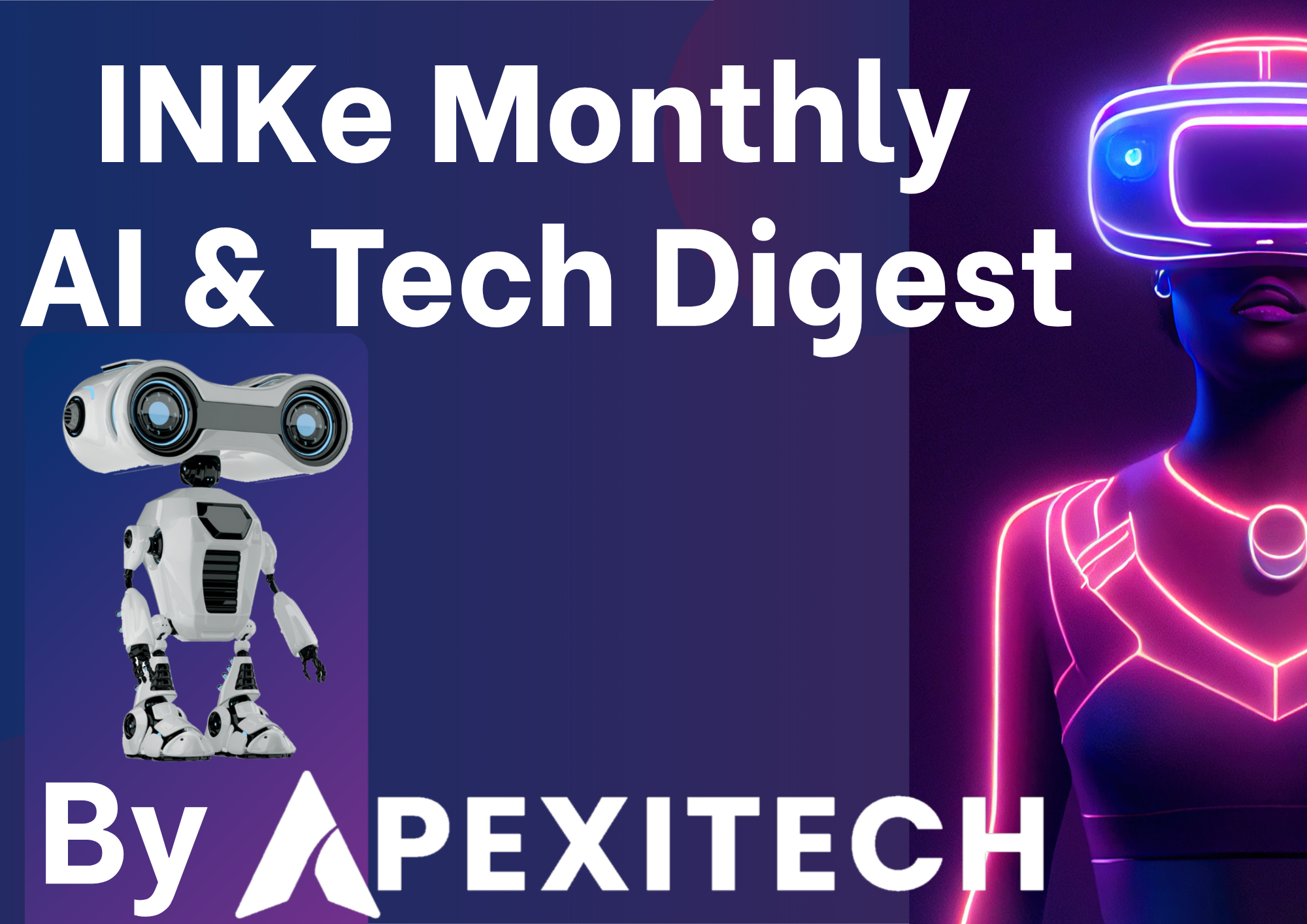June 2025 delivered a wave of AI news and tech innovation, from platform-defining mobile creativity to research that decodes our DNA. It was a month of practical automation, agentic tools, and creative technology that sharpen the future of creation while making AI feel more ambient, useful, and everywhere.
Apple’s Visual Intelligence Brings On‑Screen AI to Every App
At WWDC, Apple introduced Visual Intelligence in iOS 26—an on‑screen assistant that can recognize context, extract details, and launch actions across apps. It can search items from screenshots, parse dates and locations, and share to services like ChatGPT. The update underscores Apple’s privacy‑leaning, integrated approach to everyday AI.
Quillium’s Insight: Designing for “AI on the glass” will push creators to craft content and UI that are instantly actionable, not just viewable.
Google Ships Gemini 2.5 Upgrades, Imagen 4, and New Gemini CLI
Google recapped major June releases: Gemini 2.5 Flash/Pro going broadly available, the cost‑efficient Flash‑Lite, improved AI Mode search, Ask Photos upgrades, public sharing in NotebookLM, and Imagen 4 for sharper text rendering. Developers also gained an open‑source Gemini CLI for terminal‑native agents.
Quillium’s Insight: Agentic workflows will increasingly live in the command line—expect faster automation loops from prompt to deploy.
DeepMind’s AlphaGenome Reads DNA at Million‑Base Scale
Google DeepMind launched AlphaGenome, a unified model that predicts regulatory activity and variant effects across the genome—processing sequences up to one million base pairs. Early benchmarks show strong performance across splicing, expression, and chromatin tasks, with an API preview for research use.
Quillium’s Insight: Biocreators: pair AlphaGenome‑style analysis with generative design to prototype edits, assays, and narratives for science communication.
OpenAI Launches o3‑pro for Higher‑Reliability Reasoning
OpenAI released o3‑pro (June 10) in ChatGPT and the API, tuned for tougher tasks in science, coding, and analysis. It retains tool access—web search, file analysis, vision, and Python—prioritizing dependable, longer‑form responses over speed.
Quillium’s Insight: For automation chains, o3‑pro becomes the “slow brain” step—reserve it for decisions where accuracy beats latency.
Anthropic’s Claude Cleared for FedRAMP High and DoD IL4/5 on AWS GovCloud
Claude models gained authorization for sensitive U.S. government workloads via Amazon Bedrock in AWS GovCloud. The approval (June 11) extends secure AI access across defense, intelligence, and civilian missions while aligning with stringent compliance requirements.
Quillium’s Insight: Public‑sector compliance is a moat; creators serving regulated industries should package AI with auditability from day one.
Adobe Firefly Goes Mobile, Adds Partner Models
Adobe launched the Firefly mobile app (iOS/Android), bringing text‑to‑image/video, Generative Fill/Expand, and syncing with Creative Cloud on the go. Firefly Boards (beta) advances AI‑first moodboarding, while partner models from Google, OpenAI, and others broaden aesthetic choices.
Quillium’s Insight: Mobile‑native ideation means faster concept‑to‑asset cycles—expect briefs and storyboards to emerge directly from phones.
Mattel x OpenAI: AI‑Powered Toys Move From Hype to Hardware
Mattel announced a collaboration with OpenAI (June 12) to build AI‑enabled toys and games, targeting a first product later in 2025. The initiative blends conversational play with safety and privacy guardrails, signaling mainstream creative technology entering kids’ rooms.
Quillium’s Insight: Voice‑first, character‑driven experiences will reshape play; creators should design modular IP that learns with the child.







